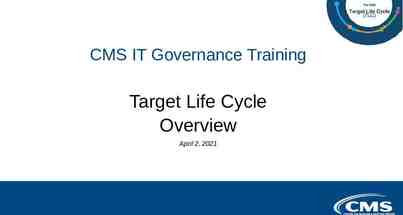MGMT591: Leadership and Organizational Behavior Life Styles Inventory
11 Slides685.19 KB

MGMT591: Leadership and Organizational Behavior Life Styles Inventory Overview “Good leaders learn their specific personal strengths and weaknesses, especially in dealing with other people, then build on the strengths and correct the weaknesses.” Strengthening Larry Bossidy and Ram Charan Execution: The Discipline of Getting Things Done Organizations through Individual Effectiveness 1

LSI Premise The LSI is based on the knowledge that, in order to understand and change behavior, we must first examine the feelings and thoughts that underlie and motivate everything we do. 2

LIFE STYLES INVENTORY SELF-DESCRIPTION TM Results on the Life Styles Inventory are exclusively for purposes of self-improvement in the context of organizational and management development programs. Your personal profile reflects only what you have said about yourself plotted against what others have said about themselves. All styles measured by the Inventory are within the realm of normal human behaviors and personal orientations. Most managers show significant extensions along one or more defensive, security-oriented, styles. 3 The Life Styles Inventory is copyrighted by Human Synergistics, 1973, 1989, 2003 TM

LIFE STYLES INVENTORY SELF-DESCRIPTION TM The styles are neither permanent personality characteristics nor intractable; they can change as a result of new roles, environmental changes, and personal development efforts. Development of constructive, satisfaction-oriented, styles can be beneficial with respect to personal effectiveness and individual well-being. The most effective and enduring individual change efforts are those that are self-motivated and self-directed. 4 The Life Styles Inventory is copyrighted by Human Synergistics, 1973, 1989, 2003 TM

Primary and Backup Styles Primary Backup 5

People Centered Theory Y Task Centered Theory X 6

Higher Order Needs Lower Order Needs 7

Human Synergistics Circumplex Achieves self-set goals Shares responsibility Believes that individual effort makes a difference Takes on challenging tasks Self-respecting Receptive to change Creative problem-solver Emphasizes quality 12 11 Encourages growth and development in others Resolves conflicts constructively Trustworthy 1 Never makes a mistake Sets unrealistic goals Personally takes care of every detail Cooperative Friendly Genuine concern for others 10 2 Sets goals that please others Supports those with the most authority Agrees with everyone Reluctantly deals with conflict Competes rather than cooperates Strong need to win Constantly compares self to others 9 3 Wants to control everything Believes in force Has little confidence in people Seldom admits mistakes Treats rules as more important than ideas Follows policies and practices Reliable and steady 8 4 Opposes new ideas Looks for mistakes Resists change Critical of others 7 “Lays low” when things get tough Avoids conflict Has difficulty making decisions Is non-committal 6 Relies on others for direction A good follower Doesn’t challenge others Aims to please everyone 5 Copyright 1971, 1973, 1987, 1989, 2001 Human Synergistics International. All Rights Reserved. 8

Life Styles Inventory Profiles 12 12 1 11 11 10 2 9 10 3 4 8 7 1 5 2 9 3 4 8 7 6 Successful Chairman of the Board of a Highly Profitable/Innovative Public Unity 5 6 Corporation Presidents Who Failed in Their Jobs 9 Copyright 1994 Human Synergistics International. All Rights Reserved.

Benefits of the LSI Exercise Understand what you are like now and what causes you to be that way Accept your current thinking and behavior as assessed by the LSI Pinpoint your strengths and “problem” areas Recognize the benefits of improving your thinking and behavior Commit yourself to making some positive and constructive changes Plan what you want to change Develop a strategy to bring these changes about 10

Keep in Mind . This exercise is about YOU: your thoughts, feelings, attitudes, beliefs, and values—in short, all that makes you different from anyone else. What you put in this exercise is up to you. What you share about yourself is up to you. What you get out of this exercise is also up to you! 11






